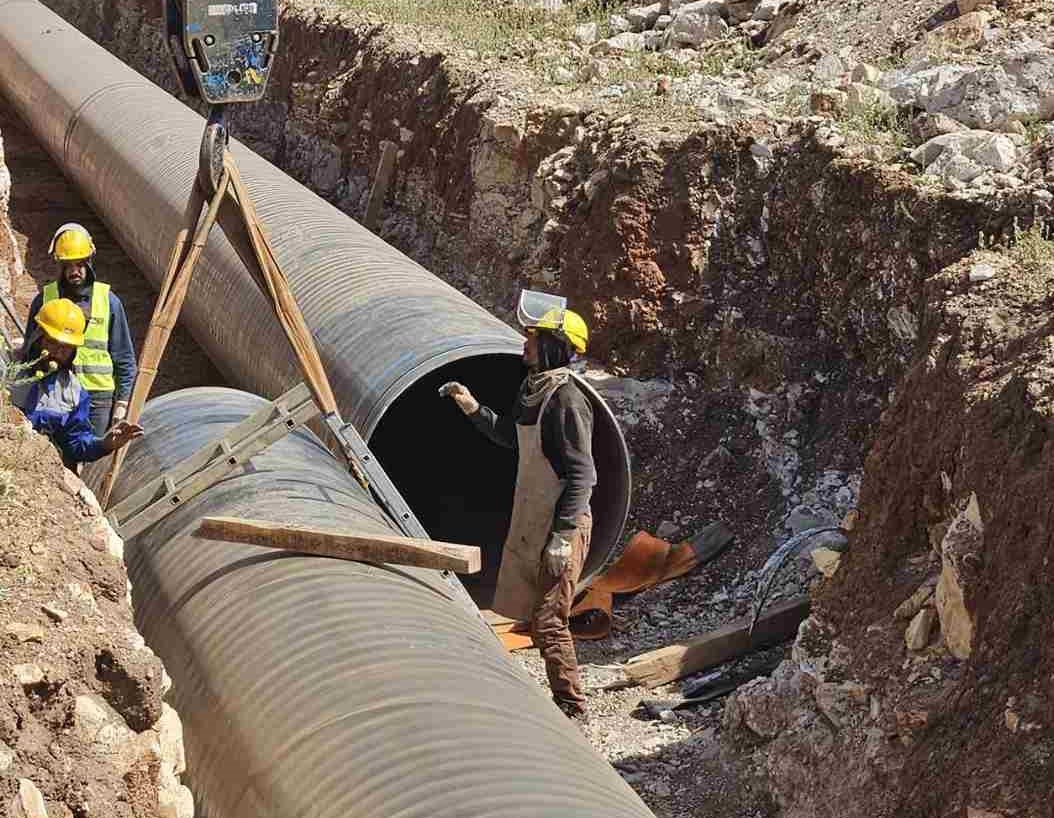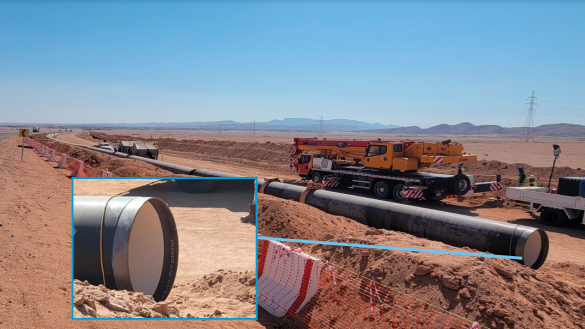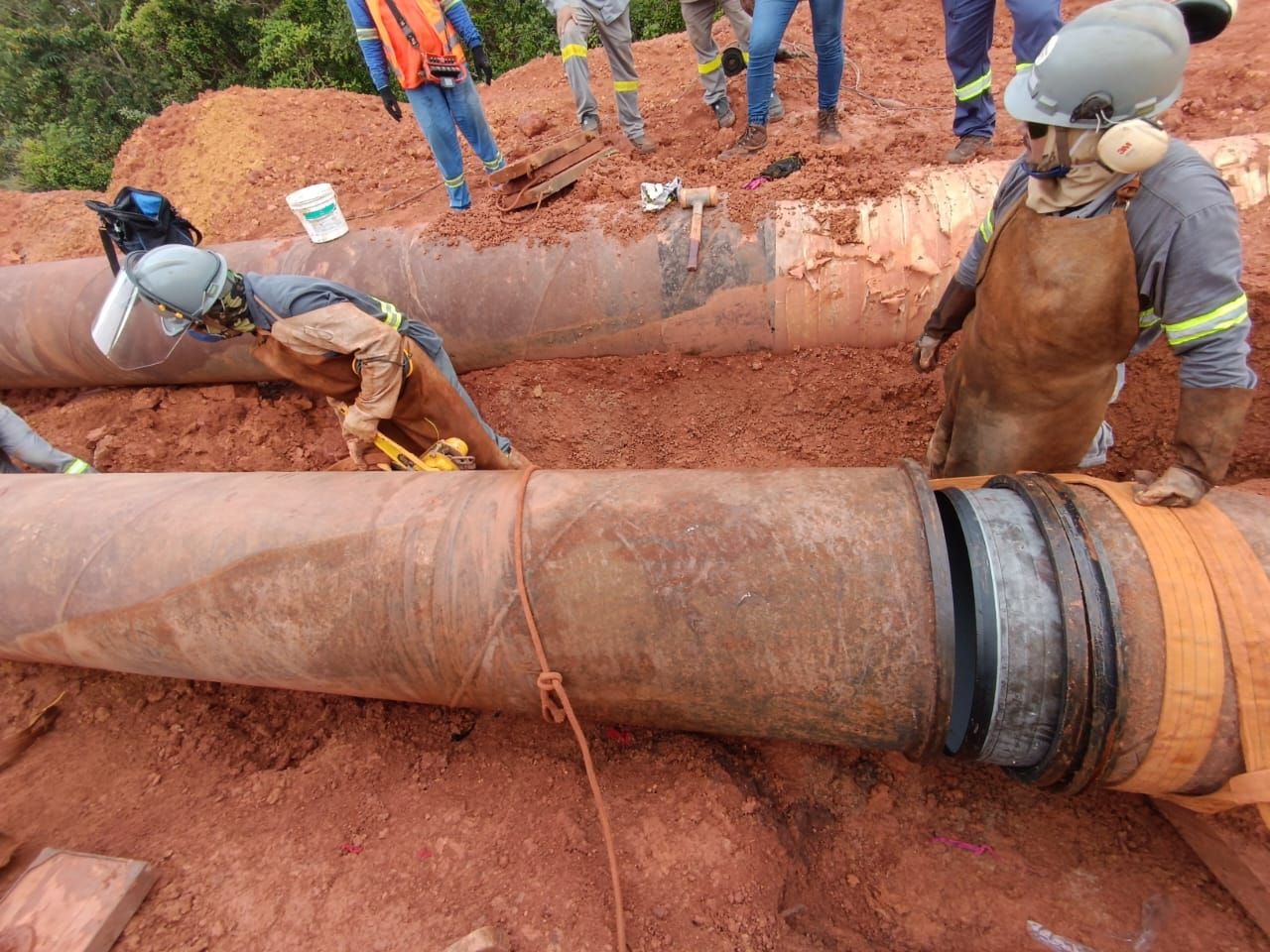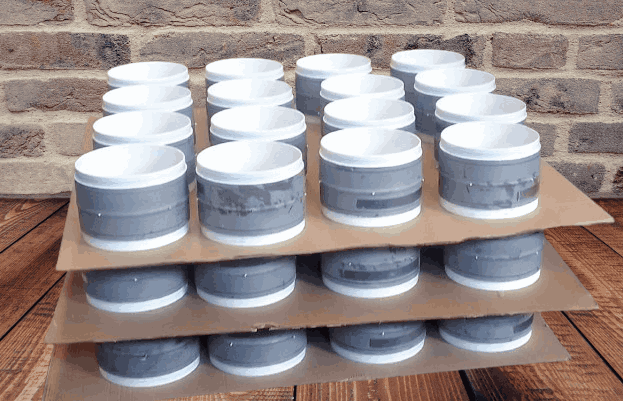Let’s see what are the basic types of thermoplastic pipe liner in this blog. Keep on reading to get your answer!
A thermoplastic lining is a very thin layer of material that is made up of plastic polymer and is often adhered to the interior surface of a metallic vessel or pipe. This type of lining is used for a variety of applications. The thermoplastic liner acts as a protective layer, defending against corrosion as well as erosion caused by wear and tear.
You may also like our blog How natural gas extracted?
About Thermoplastic
Thermoplastics are a special kind of plastic that can be reformed by heating and melting it several times. They have a molecular structure that is open-chain in nature. A sign that is stamped on the bottom of the bottle or on the container itself can be used to quickly and readily identify the type of plastic that is contained therein.
5 Common Types Of Thermoplastic Pipe Liner
The following is a list of the thermoplastic pipes that are frequently utilized in HVAC engineering (ordered in accordance with the order of pipe ring stress value):
1. Thermoplastic Polybutene Tub
One of the most common types of thermoplastic pipe liner that is commonly designated with the letter PB. It is extruded from polybutene-1 resin with the proper number of additives. Mechanical couplings are typically used to connect objects, with the exception of those made by certain companies that can be joined together using a hot-melt adhesive.
2. Thermoplastic Heat-Resistant Polyethylene Pipe
After copolymerizing ethylene and octane, adding the required number of additives, and extruding a thermoplastic pipe, a unique linear medium-density ethylene copolymer can be formed. This type of pipe is typically designated with the letters PE-RT. The usage of a hot melt connection is possible. The allowed stresses in the pipe vary according to the type of material it is made of.
3. Thermoplastic Cross-Linked Polyethylene Pipe
It is a pipe made of polyethylene or ethylene copolymer with a density of more than 0.94g/c, to which an appropriate amount of additives are added. The linear macromolecules are then chemically or physically linked together to form a three-dimensional network macromolecular structure, which is usually marked with a PE-X.
Depending on how it is cross-linked, it can be peroxide cross-linked polyethylene (PE-Xa), silane cross-linked polyethylene (PE-Xb), radiation cross-linked polyethylene (PE-Xc), azo cross-linked polyethylene (PE-Xd), etc. Mechanical joints hold them together.
4. Thermoplastic Random Copolymer Polypropylene Pipe
Extruded thermoplastic pipes that can be hot-melt joined are typically labeled with the designation “PP-R,” and are made from a random copolymer of propylene and an adequate amount of ethylene, along with the addition of an acceptable amount of additives. The use of a hot-melt adhesive is possible.
5. Thermoplastic Block Copolymer Polypropylene Pipe
The extruded thermoplastic pipe that has been hot-melt connected is typically marked with PP-B; however, in the past, in China and South Korea, it was also marked with PP-C. This is because the hot-melt connection process requires the addition of an appropriate amount of additives in addition to the block copolymer of propylene and ethylene. The usage of a hot melt connection is possible.
Materials Of Thermoplastic Pipe Lining
Thermoplastics are often available as crystalline Polymer Compounds. With the application of heat and pressure, these crystals achieve the necessary level of flowability to be molded into the appropriate shape. On re-heating, the plastic material can again undergo the shift from a solid to a fluid state, allowing it to be reformed into the desired form.
The following is a list of some thermoplastic pipe materials that are frequently used:
- Polypropylene or PP
- Polyethylene or PE
- Polystyrene
- Fluoro-Plastics
- Polyvinyl Chloride or PVC
Characteristics Of Thermoplastic Pipe Liner
The molecular structure of thermoplastics is quite straightforward, as it is made up of macromolecules that are chemically distinct from one another. They are pliable or melted after being heated, then molded, sculpted, and welded before being allowed to cool and harden into their final form. It is possible to go through multiple cycles of heating and cooling, which paves the way for recycling and reprocessing.
Several chemical and physical features of thermoplastic liners make them the preferable materials for corrosion prevention. Among these characteristics are the following:
- Large molecular mass
- Strong polymer chains having intermolecular tensions that are bonded
- Easy reshaping when subjected to sufficient heat, enabling the production of linings to meet the geometry of any piece of equipment.
- Polymer processing techniques such as injection and compression molding, calendaring, and extrusion allow for a simple design.
Is There Any Alternative To Thermoplastic Pipe?
Prior to 10 years ago, there was no alternative to thermoplastic composite pipes on the market.
Even then, the path from trial to the sale had been slow. “The first trials were conducted 20 years ago,” recalls Moslemian, and they led to the development of what is now known as reinforced thermoplastic pipes (RTP). Fibers or tape were surrounded by an internal plastic liner, usually polyethylene, in these unbonded systems. After the first polyethylene cover has been applied, a second one must be applied.
RTPs were mostly utilized on land since they were unable to withstand the greater external pressures found in deepwater applications. Therefore, the task was to develop a fully-bonded version of the same product that was suitable for usage in this harsh environment.
The outcome was the fully-bonded system that the majority of scientists and operators refer to when they discuss thermoplastic composite pipes (TCP).
See more: PE Vs HDPE-Which is better choice for you?
Conclusion
In harsh, acidic environments, like those found in cities, the joints of steel piping systems often rust or corrode. To protect against corrosion, special arrangements need to be made. Thermoplastics are a good alternative to steel that can be used to protect pipelines that go through harsh environments while keeping costs down.
All the types of thermoplastic pipe liners are already described in this blog. Choosing the material and type after reading the complete blog will definitely help you with the corrosion problem of pipeline systems.





